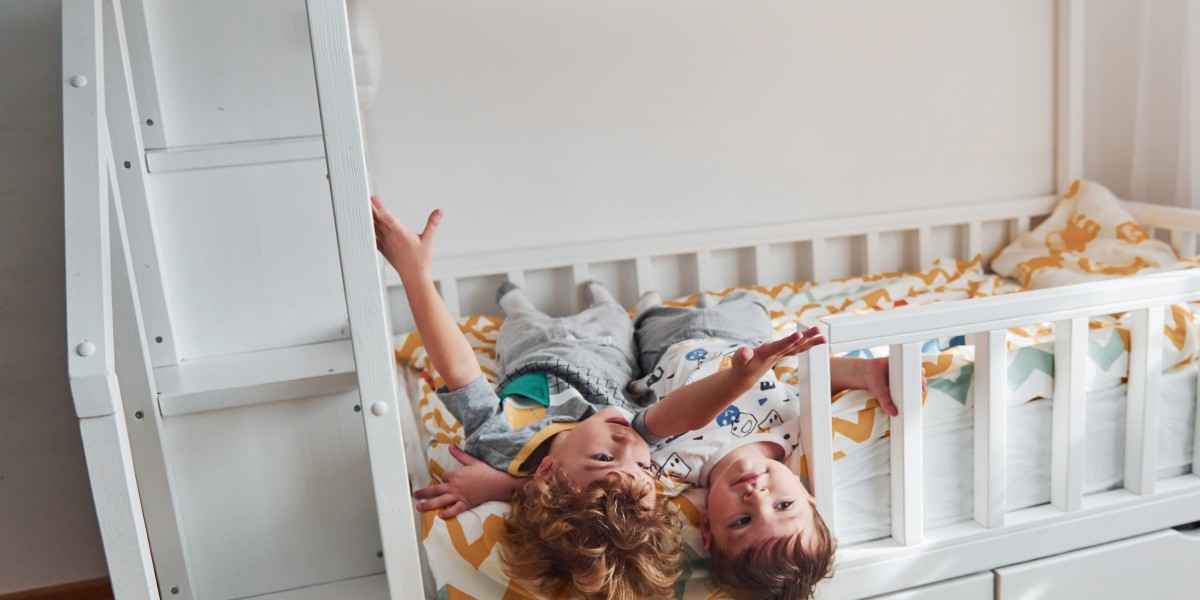
Introduction
Glass balustrades have emerged as a popular architectural feature in both residential and commercial buildings. Their aesthetic appeal, combined with functional benefits, has made them a preferred choice for designers and homeowners alike. This article delves into the various advantages of glass balustrades, their applications, and considerations for their installation and maintenance.

What are Glass Balustrades?
Glass balustrades are railings made from glass panels that serve as protective barriers around staircases, balconies, terraces, and other elevated areas. They are typically supported by metal or wooden frames, although frameless designs are also prevalent. The transparency of glass allows for unobstructed views, making them an attractive option for spaces where visibility is paramount.
Aesthetic Appeal
One of the primary reasons for the popularity of glass balustrades is their modern and sophisticated appearance. They can enhance the overall design of a space, providing a Clean Pro and minimalist look that complements various architectural styles. Glass balustrades can be customized in terms of thickness, tint, and texture, allowing architects and designers to create unique features that align with the vision of the project.
Safety and Security
While glass balustrades are visually appealing, they also serve a critical safety function. They are designed to withstand significant loads and impacts, ensuring that they provide adequate protection for individuals in elevated areas. The use of tempered or laminated glass enhances safety, as these materials are engineered to resist shattering and breakage. Moreover, glass balustrades meet safety regulations and standards, making them a reliable choice for both residential and commercial applications.
Space Enhancement
Glass balustrades create an illusion of space, making areas feel larger and more open. This is particularly beneficial in smaller homes or buildings where maximizing space is essential. By allowing natural light to flow freely and maintaining sightlines, glass balustrades contribute to a bright and airy atmosphere, enhancing the overall ambiance of the environment.
Versatility in Design
Glass balustrades can be incorporated into various architectural elements, including staircases, balconies, decks, and pool areas. Their versatility allows them to be used in both interior and exterior applications. Additionally, they can be designed to suit different themes, from contemporary to traditional, making them suitable for a wide range of projects. The ability to integrate glass balustrades with other materials, such as wood or metal, further expands their design possibilities.
Maintenance and Durability
One of the significant advantages of glass balustrades is their durability. High-quality glass is resistant to weather conditions, UV rays, and corrosion, ensuring that it maintains its structural integrity over time. However, regular maintenance is necessary to keep glass balustrades looking pristine. Cleaning the glass surfaces with appropriate solutions and avoiding abrasive materials is crucial to prevent scratches and ensure clarity. Additionally, it is essential to inspect the structural components regularly to ensure that they remain secure and functional.
Environmental Considerations
The use of glass balustrades can also align with sustainable building practices. Many manufacturers offer eco-friendly glass options that are produced with minimal environmental impact. Additionally, the use of glass can contribute to energy efficiency in buildings by allowing natural light to penetrate deeper into spaces, reducing the need for artificial lighting during the day.
Cost Considerations
While glass balustrades offer numerous benefits, it is essential to consider the cost implications. The initial investment for glass balustrades can be higher than traditional materials like wood or metal. However, the long-term benefits, including durability, low maintenance, and aesthetic appeal, can offset these costs over time. It is advisable for homeowners and builders to weigh the upfront costs against the potential savings and benefits when considering glass balustrades for their projects.
Installation Challenges
The installation of glass balustrades requires careful planning and execution. Proper measurements and structural assessments are crucial to ensure that the balustrades are installed securely and comply with safety standards. It is recommended to hire experienced professionals for installation to avoid potential issues related to safety and structural integrity. Additionally, local building codes and regulations should be adhered to, ensuring that the installation meets all necessary requirements.
Conclusion
Glass balustrades represent a fusion of elegance, safety, and functionality in modern architecture. Their ability to enhance aesthetic appeal while providing necessary protection makes them a favored choice for various applications. As environmental considerations and sustainable building practices become increasingly important, glass balustrades offer a viable solution that aligns with these values. Despite the higher initial costs and installation challenges, the long-term benefits they provide make them a worthwhile investment for homeowners and architects alike. As the demand for innovative and visually striking designs continues to grow, glass balustrades are likely to remain a prominent feature in the architectural landscape for years to come.






